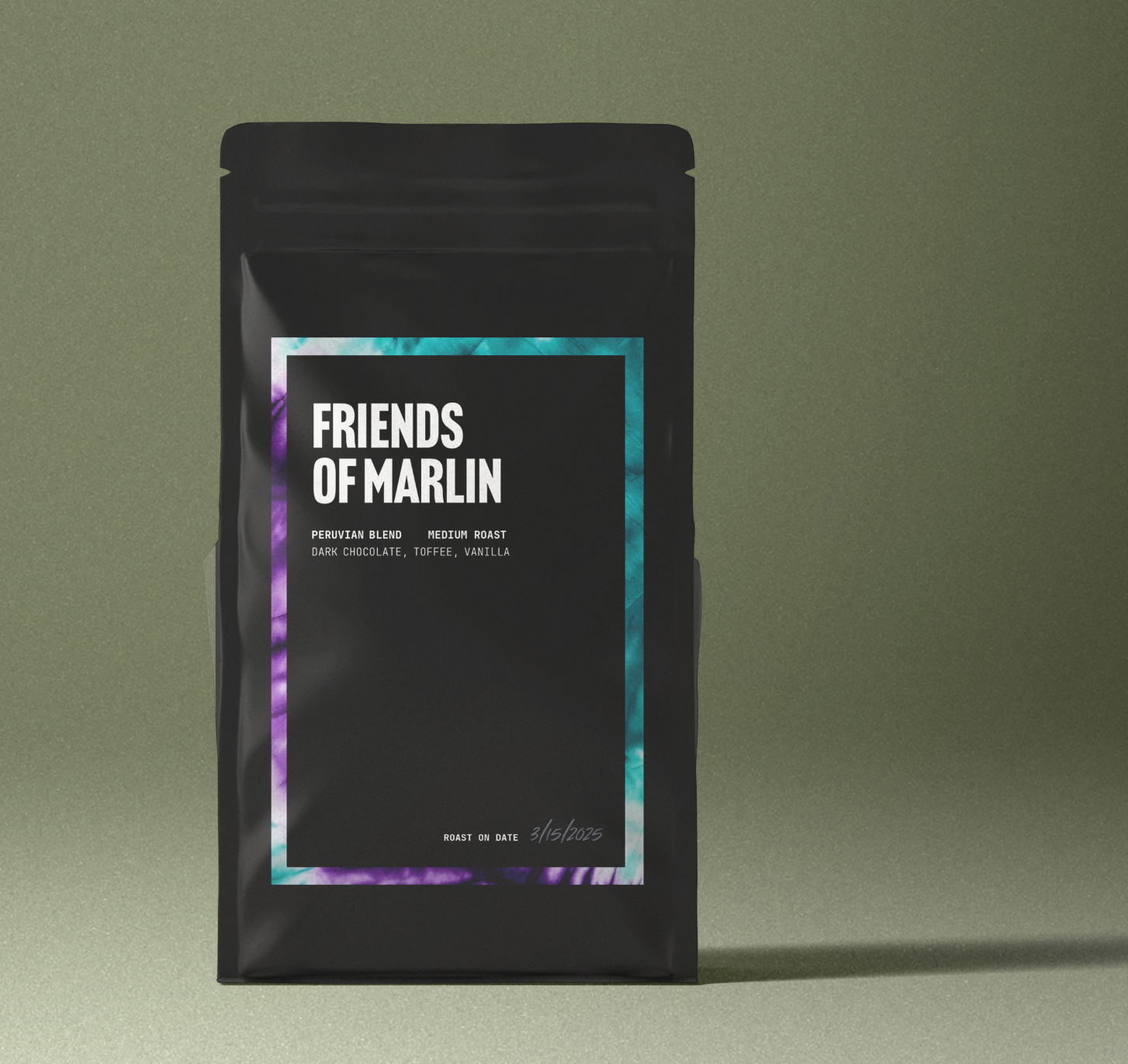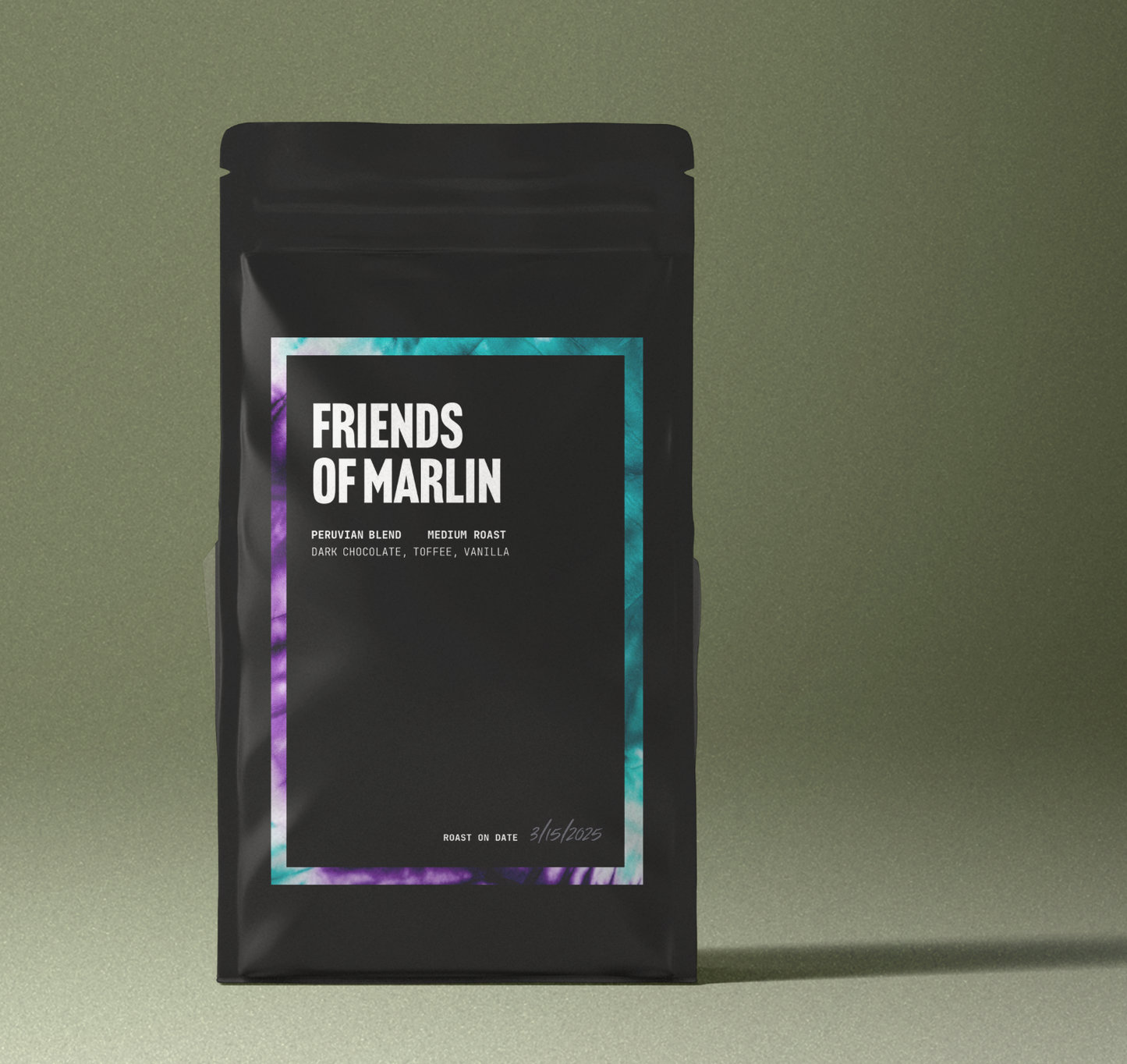
Exploring the Coffee Regions of Honduras
Share
Honduras Coffee Regions
Introduction: Six Roads, One Origin
Ask a barista to describe Honduran coffee, and you might hear everything from chocolate‑dipped citrus to tropical fruit fizz. The range makes sense: Honduras recognizes six official coffee regions—Copán, Opalaca, Montecillos, Comayagua, El Paraíso, and Agalta— each with its own altitude band, rainfall pattern, and cultural heritage. In 2024, the country remained Central America’s largest exporter, shipping roughly five million 60‑kg bags despite leaf‑rust setbacks. What follows is a 4,000‑word journey down those six roads, tracing the flavors, histories, and people that turn Honduran terroir into your morning pour‑over.
A Brief History of Honduran Coffee
Coffee arrived in the late 1700s with Spanish traders but stayed a backyard crop until the 20th century. Banana exports dominated the economy, and many growers smuggled parchment into Guatemala for better prices. Hurricane Mitch (1998) devastated 80 % of the crop, yet the crisis spurred infrastructure investment and the founding of IHCAFE (Instituto Hondureño del Café) in 2000. IHCAFE built cupping labs, issued low‑interest loans, and divided the nation into six branded regions, setting the stage for Honduras to win its first Cup of Excellence in 2004. By 2023/24, more than 102,000 families cultivated coffee across 210 municipalities, contributing 30 % of agricultural GDP and 23 % of total exports.
Yet challenges persist. The 2023/24 harvest is forecast at 5.5 million bags—24 % lower than the previous year— due to a resurgence of coffee leaf rust (Hemileia vastatrix) and labor shortages. Even so, Honduras remains seventh worldwide in production, a testament to farmer resilience and a government that treats coffee as a strategic crop.
Reading the Land: Altitude, Soil, and Micro‑Climate
Most Honduran farms sit between 1,100 and 1,600 m above sea level, a sweet spot that slows cherry maturation and concentrates sugars. Volcanic soils dominate the west, while metamorphic and limestone outcrops appear toward the Caribbean. Rainfall swings from 1,200 mm in the drier interior to more than 2,000 mm on the Caribbean‑facing slopes of Agalta. Two pronounced seasons—rainy May‑November and dry December‑April—dictate flowering and harvest windows. Day–night temperature swings of up to 15 °C develop crisp malic acidity, and persistent cloud belts above 1,300 m act like natural shade cloths.
Region Profiles
Copán: The Chocolate Valley
Landscape & Farming
Bordering Guatemala and El Salvador, Copán’s farms lie at 1,000–1,500 m amid humid forests and ancient Mayan ruins.Rich volcanic loam and high diurnal swings encourage dense beans, while misty mornings demand careful leaf‑rust management.
Harvest Calendar
Picking begins in November and peaks January–February, making Copán one of the earliest regions to ship fresh crop. Selective hand‑picking and on‑farm wet‑mills are the norm due to hilly terrain.
Cup Character
Expect sweet, creamy bodies with dark chocolate, caramel, and orange zest notes. Washed lots finish with delicate citrus acidity, while honey processes lean toward red wine and berry.
Varieties & Processing
Bourbon, Caturra, and Catuai dominate; honey and natural micro‑lots are gaining traction as farmers chase higher premiums.
Notable Producers & Travel Tip
Cup‑of‑Excellence stalwarts like Finca Santa Rosa and cooperative groups in La Unión anchor quality. Visitors can tour the Copán Ruins at dawn, cup coffee by noon, and soak in the Luna Jaguar hot springs by night.
Opalaca: Fruit‑Forward Highlands
Landscape & Farming
Stretching across Santa Bárbara, Intibucá, and Lempira, Opalaca rises to 1,500 m with limestone outcrops that lend minerality to the cup. Cooler nights and steady breezes reduce disease pressure, allowing for organic cultivation.
Harvest Calendar
Cherry ripening runs November–February. Farmers often return to the same tree six or seven times to pick only crimson fruit.
Cup Character
Opalaca is Honduras’ fruit bomb: grape, blackberry, and mango framed by fine, wine‑like acidity and a tea‑sweet finish.
Varieties & Processing
Bourbon, Catuai, Typica, and the hybrid IHCAFE 90 flourish. Extended‑ferment naturals yield blueberry‑jam profiles coveted by Nordic roasters.
Notable Producers & Cultural Note
Community lots from the COCAFELOL cooperative fund rural schools, while microlots from Santa Bárbara regularly top Cup of Excellence leaderboards. Hike the Celaque National Park cloud forest to glimpse quetzals between farm visits.
Montecillos (Marcala): Citrus & Sweet Peach
Landscape & Farming
Home to Honduras’ first Denominación de Origen—Café de Marcala— Montecillos hugs the Salvadoran border at 1,200–1,600 m. Low temperatures slow cherry development, creating high‑density beans. Shade trees such as guamoand inga enrich the soil with nitrogen.
Harvest Calendar
The season peaks December–April, one of the longest in Honduras. Many farms sun‑dry parchment on raised beds, finishing the last moisture in solar dryers.
Cup Character
Look for sweet citrus, peach, apricot, and caramel anchored by velvety body and sparkling tartaric acidity.
Varieties & Processing
Bourbon, Catuai, Caturra, Pacas, and the giant‑bean Maragogype appear. Anaerobic honeys and barrel‑aged naturals are experimental highlights.
Notable Producers & Adventure Angle
The COMSA cooperative in Marcala leads organic and biodynamic research, while family estates like Finca El Caminooffer homestays. Pair cupping with a side trip to the Lenca pottery workshops of La Campa.
Comayagua: The Heartland’s Rising Star
Landscape & Farming
Situated in central Honduras at 1,000–1,500 m, Comayagua enjoys fertile volcanic soils and the country’s highest yields.Consistent rainfall and moderate temperatures foster uniform flowering.
Harvest Calendar
Picking starts December and often finishes by March. Good road access means parchment reaches dry mills quickly, reducing post‑harvest defects.
Cup Character
Expect sweet citrus, peach, and honey over a creamy body with vibrant acidity. Cup of Excellence 2021 winner Finca Santa Lucia sold at $58.50/lb, signaling the region’s quality leap.
Varieties & Processing
Typica, Bourbon, and Parainema grow alongside experimental Gesha plots. Carbonic maceration and yeast‑inoculated washes are common among progressive producers.
Notable Producers & Weekend Getaway
Roaster‑favorite Beneficio Santa Rosa processes traceable lots, while hikers can summit Montaña de Comayagua National Park for waterfall swims before afternoon cuppings.
El Paraíso: Citrus & Floral Elegance
Landscape & Farming
Bordering Nicaragua, El Paraíso ranges from 950 to 1,950 m and records temperatures of 16–22 °C. Cloud cover and ample rainfall demand careful drying; many farms use parabolic solar houses.
Harvest Calendar
Flowering starts early; harvest runs December–March.
Cup Character
Washed lots showcase sweet lime, jasmine, and panela, while naturals can taste like hibiscus‑infused chocolate.
Varieties & Processing
Catuai and Caturra dominate, but producers like Finca La Fortaleza are planting the rust‑resistant Parainema hybrid. Extended‑ferment honeys build complexity.
Notable Producers & Pilgrimage Stop
Cup‑of‑Excellence darling Finca Las Flores sits minutes from the Our Lady of Suyapa Basilica, letting visitors combine spiritual tourism with sensory exploration.
Agalta: Tropical Sweetness from the East
Landscape & Farming
Agalta sprawls across Olancho and parts of El Paraíso at 1,100–1,400 m. Warm, humid air from the Caribbean brings up to 2,000 mm of rain, fostering lush biodiversity.
Harvest Calendar
The crop ripens December–March. High humidity forces many producers to pre‑dry cherries on patios before finishing in guardiola dryers.
Cup Character
Coffees burst with tropical fruit, caramel, and milk‑chocolate aromatics, finishing sweet and clean.
Varieties & Processing
Bourbon, Typica, and Caturra thrive; experimental anaerobic naturals accentuate pineapple and rum‑raisin notes.
Notable Producers & Eco‑Tourism Hook
The Agalta Tropical Association protects jaguar corridors while exporting certified Bird‑Friendly micro lots. Visitors can kayak the Río Plátano Biosphere Reserve between farm stays.
Beyond the Big Six: Micro‑Regions on the Rise
While IHCAFE’s six regions dominate export labels, Honduras’ geography is far more granular. Santa Bárbara’s Lake Yojoa corridor produces Gesha naturals with strawberry and rose‑hip notes; Ocotepeque’s dry valleys yield honey‑processed Parainema bursting with green‑apple candy; Olancho’s La Muralla National Park shelters farms experimenting with rare varietals like SL28. Many of these micro‑regions leverage Cup of Excellence visibility to forge direct‑trade relationships.
Sustainability Challenges and Initiatives
Climate change is shifting rainfall patterns and amplifying leaf‑rust outbreaks—rust incidence averaged 5.8 % of farms nationwide in 2024. IHCAFE’s response includes distributing resistant hybrids (e.g., Lempira, Parainema), offering pruning workshops, and investing in genetics labs. Financial volatility adds pressure: the 2023/24 export forecast of 5 million bags represents a 6 % drop year‑on‑year, potentially cutting $165 million in revenue. NGOs like Heifer International and Catholic Relief Services fund shade‑tree diversification, while women’s groups under the IWCA Honduras chapter push for gender equity and farm succession.
Choosing and Brewing Honduran Coffee
- Espresso Lovers: Copán and Comayagua’s chocolate‑citrus profiles excel in milk drinks; aim for a medium‑dark roast ending 45 seconds after first crack.
- Filter Fans: Try a washed Montecillos in a V60: 18 g coffee, 300 g water at 93 °C, 30‑second bloom, 2:45 total brew. Expect peach iced tea sweetness.
- Experimentalists: Opalaca naturals shine in AeroPress. Use 17 g, 255 g water at 92 °C, 45‑second bloom, gentle inversion, 2‑minute press for blackberry‑jam intensity.
- Cold Brew: A 16‑hour steep of El Paraíso honey process (1:15 ratio, coarse grind) yields hibiscus‑chocolaterefreshment over ice.
When shopping, look for region, altitude, and processing method. Within one origin you can build a complete flavor flight—from Copán’s dessert‑like comfort to Opalaca’s fruit fireworks.
Conclusion: Six Paths, Infinite Cups
From Copán’s Maya‑shadowed valleys to Agalta’s rain‑soaked jungles, Honduras offers a sensory atlas in every burlap bag. Its 100,000‑plus farming families translate rugged landscapes into coffees that can taste like chocolate truffles one moment and passion‑fruit soda the next. Whether you’re dialing in an espresso or planning an origin trip, let Honduras’ six roads guide you toward deeper connection—with the land, the growers, and the cup in your hand. Salud y buen café.

